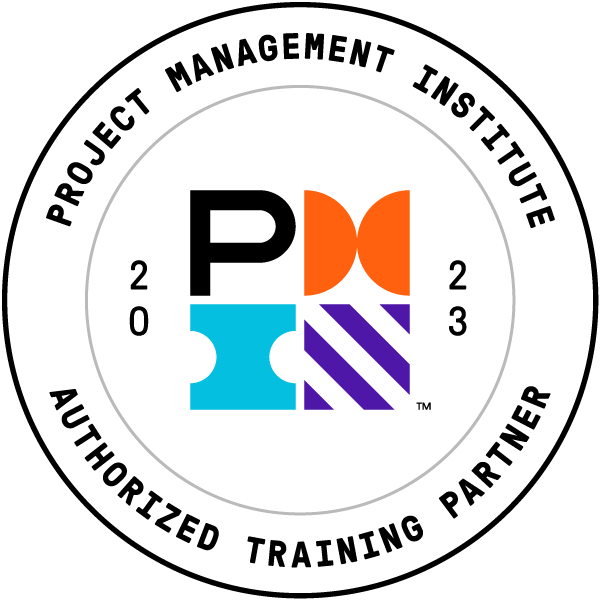A stage-gate process is a key element of capital investment decision-making, but weak gates undermine the objective. How effective is your process?
Course Summary
Capital investment decision-making is a critical corporate activity. A key element of the governance of capital investment is the project stage-gate process, which has been almost universally adopted by industry. The stage-gate process has the dual role of being a method for shaping business opportunity into a capital project that maximizes return-on-investment and a tool for corporate governance of capital investment. Yet we observe that the stage-gate processes of many companies do not function effectively. The problem often stems from the following sources:
- Lack of understanding of how the stage-gate process improves capital investment decision-making
- Investment analysis based on information that is biased or does not incorporate the true range of risk
- Weak gates that allow projects to proceed with marginal business justification or poor quality stage-gate deliverables
The IPA Institute’s Gatekeeping for Capital Project Governance seminar aims to increase the participants’ understanding of how business involvement is instrumental in effective use of capital. Participants learn about the key decisions that need to be made in the capital project process. They also find out what information is needed to select and shape the most effective use of capital.
Key Benefits
- Identify the elements of a gatekeeping workflow process for
strong gates - Understand a common governance structure and its key functions to implement the gatekeeping workflow process
- Recognize the challenges to investment committees for high-quality decision making
- Comprehend the purpose and importance of the business case and its different stages of completion in the project definition phases
- Identify different types of assurance and explore its limitations
- Understand the characteristics of effective project boards
- Identify strengths, weaknesses, and opportunities for improvement in your organization’s governance structure
Who Should Attend?
This seminar is designed for participants who are or will be involved in the implementation, execution, and/or optimization of a gatekeeping process.
Topics Covered
Introduction to Front-End Loading (FEL) and Measuring Capital Effectiveness
- IPA’s methodologies to rate the level of FEL completed and to measure capital effectiveness
- What is capital effectiveness and what are the key components?
- The process of FEL and its primary objective
Gatekeeping Roles and Processes
- The importance and function of a stage-gated project delivery system
- Overview of the gatekeeping process for each stage gate
- Key elements necessary to implement governance and gatekeeping
- Strengths and weaknesses of different governance and gatekeeping configurations.
Investment Committee Decision Making
- The challenges to investment committees for high-quality decision making
- The effects of estimate bias and overconfidence on project’s expected return on investment calculation
- Common sources of bias and overconfidence in cash flow estimates
- Questions that the investment committee can ask to identify and mitigate the risks associated with estimate bias and overconfidence
Business Case Development for FEL 1 and FEL 2
- The different stages of business case completion
- The project sponsor’s role and interactions for project governance
- Key objectives, deliverables, and stage-gate questions for FEL 1 and FEL 2
- Why complete FEL 2 stage-gate deliverables are critical to good business decisions
The Role and Limitations of Project Assurance
- The goals and objectives for assurance reviews
- Strengths and weaknesses of peer reviews
- How assurance can be free from bias
- The limitations of project assurance
- Factors to consider in the design of a company’s assurance program
Effective Use of Project Boards
- Characteristics of dysfunctional project boards
- Different forms of project boards used by Industry, and their strengths and weaknesses
- Practices to improve collaboration between project board members
Construction Readiness
- The start of construction as a new project phase
- Key elements to assess the level of preparedness to mobilize construction
- Strategies for adding project system discipline to construction readiness gate
Course Background
All course instruction, presentations, and supplementary course materials are rooted in IPA’s decades of experience evaluating project and project systems, and conducting quantitative research into capital project issues and trends. IPA maintains a proprietary database with information on thousands of projects on which to base its analyses and studies.

